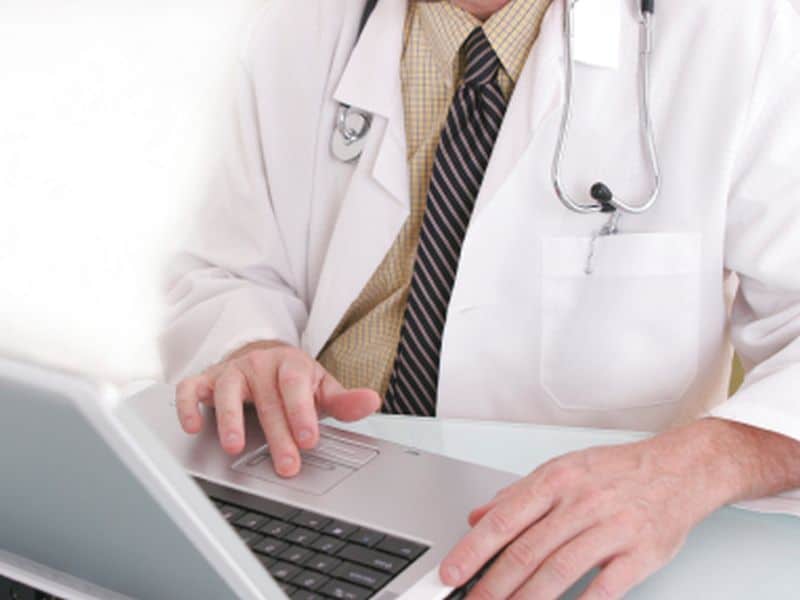Administrative costs account for between 15% and 25% of total US health expenditures, the majority of which pertain to billing.
Among healthcare systems worldwide, the United States’ system is most expensive. According to a JAMA article, administrative costs account for between 15% and 25% of total US health expenditures, the majority of which pertain to billing.
The medical billing process is detailed and requires a great deal of time. Everything from patient registration to proper coding plays role in the billing process, but it does not end there. Receiving payment follows, and it is one of the most time-consuming elements of billing, as most practices must track payments from both patients and insurance companies.
Patients Pay 30% of the Typical Healthcare Bill
It can take several months until a practice finally receives payment from a patient. Given the rise in patient healthcare costs over the last few years, this situation is not getting any better. Patients pay 30% of the typical healthcare bill, and annual deductibles exceeding $5,000 effect 23% of families. According to the AMA, rising deductibles and coinsurance amounts have led to uncollected patient payments and, in turn, medical practice debt. Lowering the number of outstanding balances and backend collection costs will lead to increased revenue, as well as reduced administrative burdens.
Automation technology is an integral component to remedying payment collection issues. A survey published by U.S. Bank discussed the importance of automation technology for payments, in particular due to the COVID-19 pandemic, which has pushed medical staff to devoting too much time to billing as opposed to other essential responsibilities. However, the survey noted that a mere 28% of respondents pay bills online, demonstrating that the majority of people still use outdated, inefficient payment methods like phone or mail.
Both Staff Members & Patients Can Use Their Time More Efficiently
This number is not necessarily an indicator of patient interest in electronic payments; the study also found that 37% of respondents are interested in paying via portal, and 32% are interested in paying via mobile app. What’s more, almost half of the respondents stated a preference for practices allowing contactless payment via debit or credit card.
According to d’Artagnan Osborne, general manager of Payment Solutions at healthcare information technology provider Tebra, when implementing new automation technology for billing and payment, physicians must consider a solution that adapts to the practice and can seamlessly function with any existing technologies employed by the practice, thereby ensuring smooth workflow without adding to administrative burdens.
Osborne’s company uses data-based software automation to monitor all parts of the billing process, which alleviates a practice’s administrative burdens, allowing them to focus on other key tasks. At the same time, this strategy allows patients to look at bills on a mobile screen and to make instant payments. Ultimately, both staff members and patients use their time more efficiently and express greater satisfaction with their experiences.


